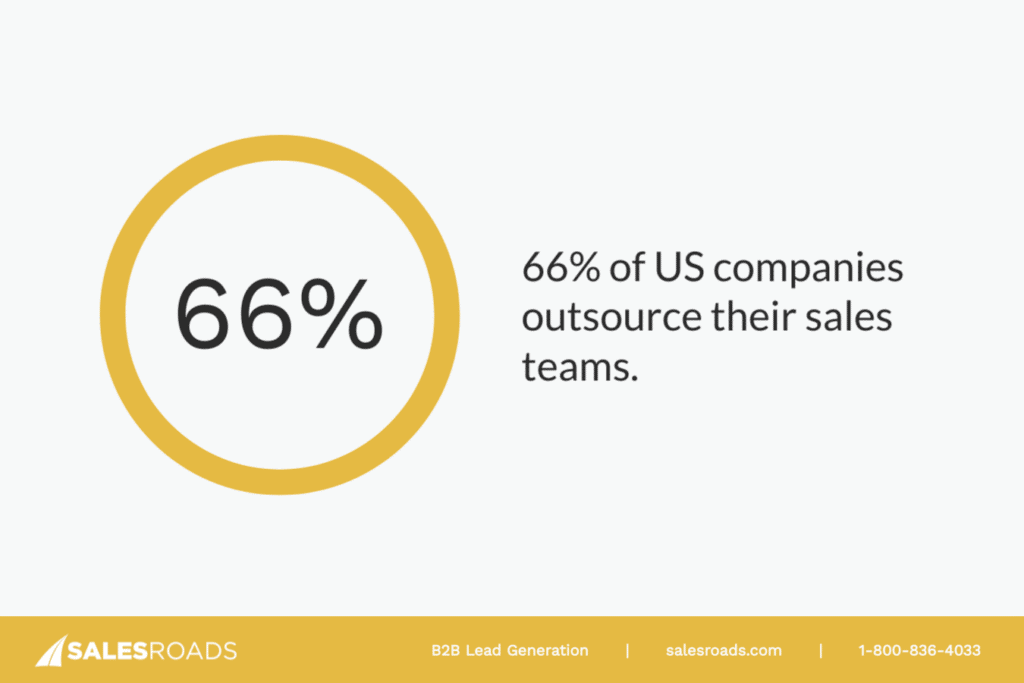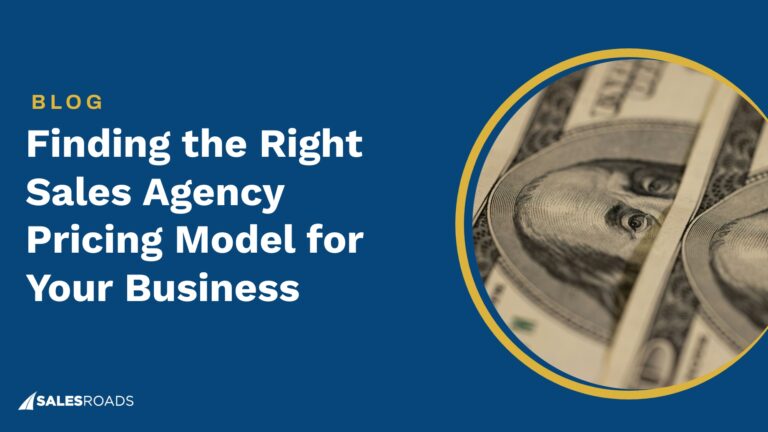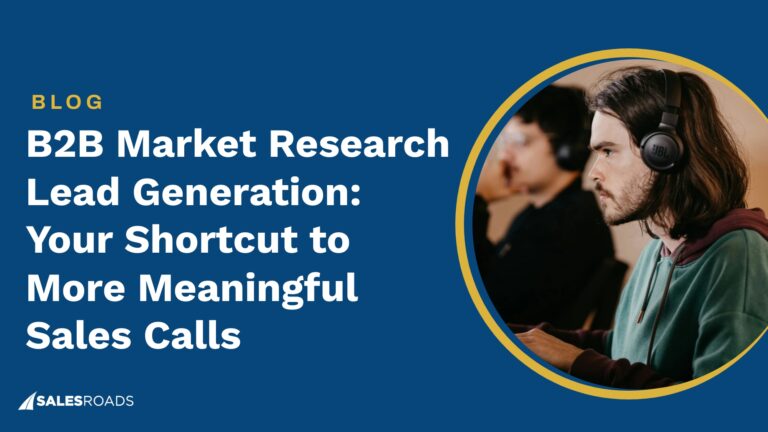The most successful companies attribute their outstanding achievements to their proficiency in consistently attracting high-quality leads in their respective markets. It’s a result of investing in a robust and efficient lead generation process.
Such an investment is fundamental for businesses aiming to ensure a continual flow of leads, effectively filling their sales pipelines.
What is a Lead?
Leads are individuals who have shown interest in your product and have the potential to convert into paying customers. This interest is typically manifested through various actions, such as filling out a contact form, subscribing to a newsletter, or engaging with online content.
The importance of generating leads for businesses cannot be overstated. Leads serve as the lifeblood of sales pipelines; they are the pool from which customers are created.
By effectively identifying and nurturing leads, you can increase your chance of converting these prospects into loyal customers. This process is crucial for business growth, revenue generation, and market expansion.
Understanding Different Types of Leads
Understanding and differentiating between types of leads is crucial for any business’s sales strategy. The two primary categories of leads are Marketing Qualified Leads and Sales Qualified Leads, each representing different stages in the buyer’s journey.
MQLs are prospects who have shown an interest in what a company offers but aren’t yet ready to make a purchase. They are typically engaged with marketing efforts, such as downloading a brochure, signing up for a webinar, or following the business on social media.
MQLs are essential because they represent the initial pool of potential customers. Effective nurturing of MQLs through targeted strategies can gradually warm them up to the idea of making a purchase.
SQLs, on the other hand, are a step further in the sales process. They have been evaluated by the sales team and deemed ready for direct sales engagement. SQLs often exhibit a more explicit intent to buy, such as requesting a product demo or asking specific questions about pricing or features.
Identifying SQLs is crucial as it allows sales teams to focus their efforts on leads that are more likely to convert, thus optimizing the sales process and resource allocation.
Differentiating between MQLs and SQLs is vital because it enables them to tailor their strategies to each type of lead effectively. MQLs require nurturing and informative content to guide them through the sales funnel, while SQLs need more direct and persuasive sales tactics. This clear segmentation ensures that the right message reaches the right lead at the right time, significantly enhancing the chances of converting leads into loyal customers.
What is a Lead Generation Funnel?
Lead generation funnel metaphorically represents the journey that prospects take as they move from being unaware of a product (cold leads) to showing interest (warm leads) and finally making a purchase (hot leads).
There are three stages of the lead generation funnel:
- Awareness: The top of the funnel is where cold leads are found. These are potential customers who have little to no knowledge of your business. At this stage, the focus is on capturing their attention through efforts like social media campaigns, blog posts, or cold outreach.
- Interest: As leads move down the funnel, they become warm. They’ve interacted with your content and shown interest in your product. This is the stage for more engagement like follow-up calls, newsletters, podcasts, or webinars to nurture their interest.
- Decision: The bottom of the funnel is where hot leads are. These leads are considering a purchase and are evaluating their options. Here, personalized communications, product demos, and sales calls are crucial to persuade them to choose your product.
The true strength of an effective lead generation funnel lies in its capacity not merely to attract leads, but to nurture and evolve them into enduring business relationships.
It acts as a strategic cornerstone, which, when meticulously refined, paves the way for new ventures, bolsters growth, and positions your brand as a distinguished leader in your field. It represents more than a process; it embodies a journey of mutual benefit and growth for both your customers and your business.
Many businesses find themselves grappling with inconsistent lead flow, and the root of this challenge often lies in a missing piece – a thoughtfully crafted lead generation funnel.
Instead of weaving their sales and marketing efforts into a unified story that leads potential customers through the stages, they scatter these efforts, losing the opportunity to guide and engage.
The Best Lead Generation Strategies
Inbound strategies aim to draw customers in through content-rich methods. This involves crafting and sharing engaging content such as blog posts, whitepapers, podcasts, and webinars. This customer-focused approach naturally pulls potential clients towards your business.
Conversely, outbound lead generation adopts a more straightforward stance. It encompasses techniques like cold calling, direct mailing, and email marketing. This method proactively reaches out to potential customers, often through carefully selected lists, to introduce them to your products.
While many businesses lean towards inbound methods, partly due to a belief that outbound tactics like cold calling are less efficient and more expensive, this perspective can overlook the distinct advantages of outbound strategies.
Cold calling, for example, remains invaluable for its ability to forge a direct human connection, which is essential for building trust and rapport, especially in B2B. Although outbound methods might incur higher initial costs, they result in quicker, larger deal closures, unlike inbound strategies that depend on a gradual process of customers finding and choosing to interact with your business.
Inbound lead generation
At the heart of inbound lead generation lies content creation, a method for businesses to naturally attract leads by offering substantial value. In the B2B sector, this often means developing detailed, relevant content that addresses the specific needs and challenges faced by other businesses.
SEO plays a pivotal role in ensuring that your content, be it a podcast, blog post, or video, reaches its intended audience. But optimization goes beyond just keyword integration; it involves delving into the search intent of your audience. Understanding what they are searching for and the problems they need to solve allows you to align your content with their queries. This alignment enhances your visibility in search results, thereby increasing organic traffic to your site.
Outbound lead generation
Unlike inbound tactics that wait for leads to find you, outbound methods involve actively seeking potential clients and directly presenting your value proposition. This approach is vital for a few key reasons:
- It enables businesses to pinpoint and connect with specific companies or decision-makers who may not yet know about their solutions but hold the potential to become significant clients.
- It helps to bridge any gaps in a sales pipeline, maintaining a consistent flow of opportunities even during periods of reduced inbound activity. It empowers businesses to take charge of their lead generation, reaching out to high-value prospects with customized messages, tailored proposals, and straightforward calls-to-action.
Outsourcing: Lead Generation with Limited Expertise and Resources
The appeal of outsourcing lead generation lies in its promise to enhance the effectiveness and efficiency of your sales process, all while offloading the responsibility from your internal team.
However, many businesses are hesitant to hand over this crucial task to an external party. This reluctance often stems from misunderstandings about the process, unrealistic expectations without sufficient investment, and an overemphasis on the quantity of leads rather than their quality.

According to Zippia, a notable 66% of U.S. companies choose to outsource their lead generation. This trend is driven by the inherent difficulties of the process and the significant opportunities for improvement and growth that outsourcing offers.
Outsourcing not only relieves the pressure on overstretched account executives but also bolsters market expansion, fills gaps in expertise, reduces budget constraints, and aids rapid growth.
By engaging with a seasoned appointment setting service, you can boost productivity, reduce staff turnover, and scale your operations more efficiently.
The key lies in choosing the right partner, as quality and experience are the cornerstones of successful outsourcing.
Bottom Line
Generating leads is akin to planting seeds for future growth. Whether inbound or outbound, the essence of effective lead generation lies in recognizing and valuing each lead as a potential long-term relationship, not just a short-term transaction.










![Reverse a Sales Decline with the Root Cause Analysis [Step-by-Step Guide]](https://salesroads.com/wp-content/uploads/2025/07/Reverse-a-Sales-Decline-with-the-Root-Cause-Analysis-768x432.jpg)
